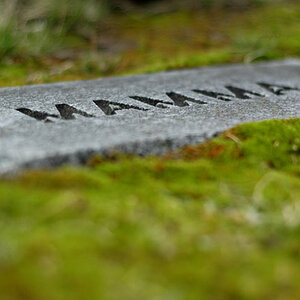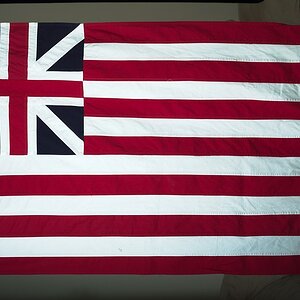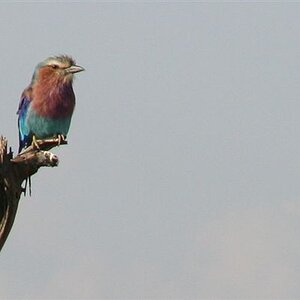Dimitris Xatzis
TPF Noob!
- Joined
- Sep 11, 2019
- Messages
- 2
- Reaction score
- 0
- Can others edit my Photos
- Photos OK to edit
Hi everybody, I am new here and I have a question!
I own a canon a1 and I am looking for some lenses. I wonder if you have some suggestions about 24mm 28mm and 50mm from other brands (except canon) with fd mount.
Thanks a lot!!!
I own a canon a1 and I am looking for some lenses. I wonder if you have some suggestions about 24mm 28mm and 50mm from other brands (except canon) with fd mount.
Thanks a lot!!!




![[No title]](/data/xfmg/thumbnail/40/40311-715dda8167abb793178d6abf7e8136fe.jpg?1619739414)

![[No title]](/data/xfmg/thumbnail/35/35266-f58b019dadff6920c09071a847f052c3.jpg?1619736970)


![[No title]](/data/xfmg/thumbnail/41/41821-2e92de82ffc4cd2d520a8fa10fb8b6a5.jpg?1619739905)

![[No title]](/data/xfmg/thumbnail/35/35262-02f8eba4a2a92dbae0b55547bba80b4f.jpg?1619736968)
![[No title]](/data/xfmg/thumbnail/40/40307-b3813381d3c1ef8282c72905405b50fe.jpg?1619739413)